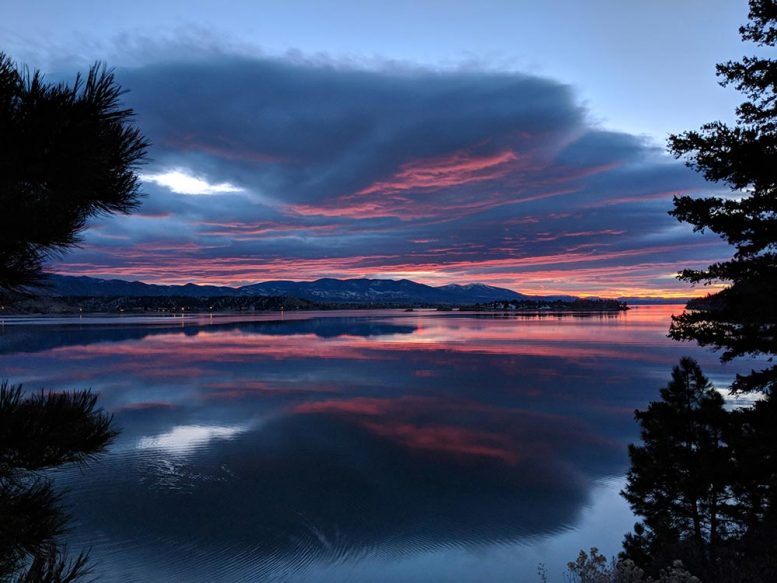The Bureau of Reclamation released the Missouri River Headwaters Basin Study that provides options to meet the increased water demand and a change in the timing of the snowmelt runoff in the Missouri River Basin above Fort Peck Reservoir. The basin covers about 50,000 square miles and is the primary water source for 320,000 people and about 1.1 million acres of irrigated lands.
“In a large basin such as the Missouri, there are many challenges to consider in planning for a sustainable future,” Chief Engineer David Raff said. “The basin study provides the foundation for the stakeholders and Reclamation to work together and improve drought resiliency.”
The study identified challenges facing Upper Missouri Basin’s water supply. Key challenges include:
- Increasing annual water supply compared to recent history.
- Shifting earlier peak snowpack will lead to an earlier snowmelt-driven runoff.
- Changing runoff may lead to more flooding during the winter and spring seasons and water supply shortages later in the irrigation season.
- Increasing water demand due to a warming climate, expanded irrigation and population growth.
- Decreasing rain in the summer, increasing the reliance on reservoir storage.
The study partners developed and evaluated potential strategies to meet the challenges within the basin. The strategies include:
- Providing water for future uses through water from Canyon Ferry Reservoir and Lake Elwell.
- Providing water for future municipal, domestic, and industrial uses in the Gallatin Valley.
- Increasing canal and on-farm irrigation efficiencies.
- Releasing ecological flows from Canyon Ferry Reservoir and Lake Elwell.
- Changes water management strategies in the Sun River Basin.
- Creating new off-stream storage in the Lower Musselshell River Basin.
- Developing water management strategy for increased drought resilience.
Reclamation partnered with the Montana Department of Natural Resources and Conservation to develop this basin study. In addition, the U.S. Geological Survey, Northern Rocky Mountain Science Center and Montana State University – Bozeman participated in the development of this basin study. Numerous water districts participated in the basin study’s development, and the study team communicated with the Blackfeet Tribe Water Resources Director.
The Missouri River Headwaters Basin Study is part of Reclamation’s WaterSMART Program. View the full report at www.usbr.gov/watersmart/bsp.
WaterSMART is the Department of the Interior’s sustainable water initiative that uses the best available science to improve water conservation and help water resource managers identify strategies to narrow the gap between supply and demand.







